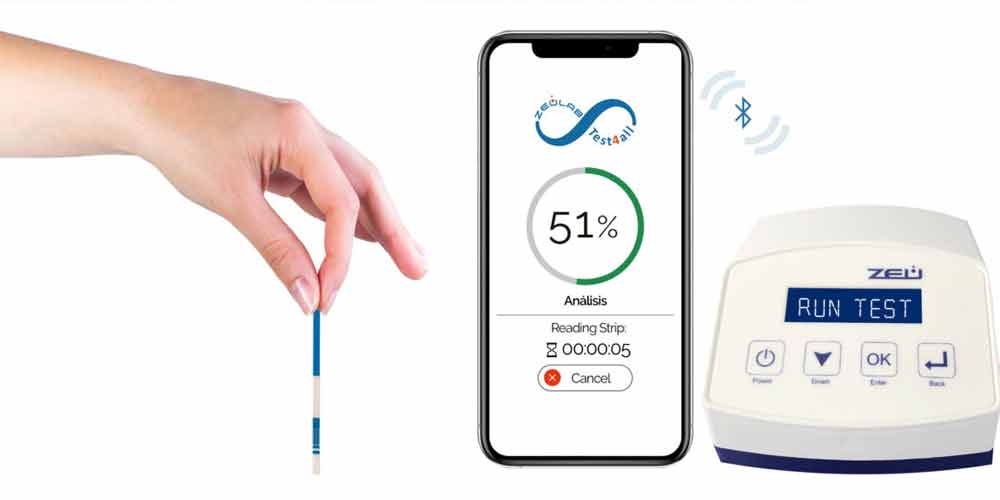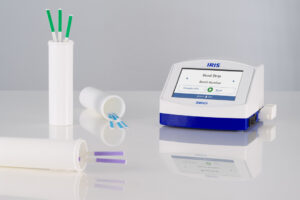
Quantitative IC: Improving the interpretation of positive samples
20 Mar 2020The commitment of cheesemakers to offer both high organoleptic quality and to control raw material costs is the main reason for verifying the purity of the milk purchased.
Constant work over the years from industries, farmers and CRDOs (regulatory councils for protected designation of origin) have result in high quality milk. Therefore, nowadays it is very unlikely to find adulterated milk with considerable levels of milk from other species. Adulterations are usually due to errors in milking practices or lack of awareness of the consequences of adding a few litres of another type of milk to the mixture in the tank.
Currently, the aim of detecting milk mixtures has changed compared to what it was 20 years ago. Then, the priority was detecting important frauds, while now it is preventing uncontrolled errors that lead to small raw material variations. Consequently, we should also adapt our analyses to the current needs and to obtain useful information in certain situations.
The main advantage of a quantitative interpretation (numerical value) over qualitative results (positive and negative) is the new nuance of interpretation that arises, which can be the key to make the right decision.
A positive result could mean:
– A serious adulteration with high level of milk mixture. Mixtures of above 1%, level set up by official regulations; will not be suitable for manufacturing DO-regulated cheese.
– An adulteration of less than 1%, which can have financial impact in the milk price.
– The presence of traces, values below 0.25%, can be interpreted as a result that should not have any financial or productional consequences.
The new quantitative IC method offers a precise interpretation discriminating between these ranges. A simple system of analysis – a strip test read by a small portable reader, handled manually, or by a mobile phone app – can provide quantitative results. Data obtained is stored in the device’s memory, and can be transferred to your computer, shared by email or sent to the cloud. This new method avoids most of the interpretation problems that arise in the so-called “grey areas”; with the objectivity of the new reading system, for example, helping to eliminate any argument about the contents of a tank originally interpreted as negative, because the detection band could not be appreciated easily.
To find out more about the quantitative IC solution, contact Evelyn Fussel on efussel@zeulab.com or Pilar Villar on pvillar@zeulab.com or 976 73 15 33.
Discover all the Zeulab products for species identification:




